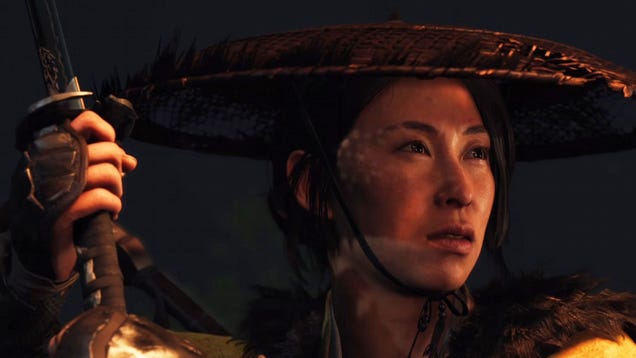في فيلم المعجبين "Jurassic Park: Hunters 5 - Rampage of Revenge"، يبدأ عالم السلوكيات القديمة توني في خطة غير مثيرة كثيرًا ضد الصيادين. لقد جذب الديناصور التيرانوصور الذكر إلى معسكرهم، والآن يحتاج لإطلاق سراح جميع الديناصورات المحتجزة. وفي نفس الوقت، عليه أن يعرف ماذا حدث للديناصور الأنثوي. كل شيء يبدو كأنه مشهد مكرر من أفلام سابقة، ولا شيء جديد هنا.
#JurassicPark #Hunters5 #ديناصورات #فيلم #سينما
#JurassicPark #Hunters5 #ديناصورات #فيلم #سينما
في فيلم المعجبين "Jurassic Park: Hunters 5 - Rampage of Revenge"، يبدأ عالم السلوكيات القديمة توني في خطة غير مثيرة كثيرًا ضد الصيادين. لقد جذب الديناصور التيرانوصور الذكر إلى معسكرهم، والآن يحتاج لإطلاق سراح جميع الديناصورات المحتجزة. وفي نفس الوقت، عليه أن يعرف ماذا حدث للديناصور الأنثوي. كل شيء يبدو كأنه مشهد مكرر من أفلام سابقة، ولا شيء جديد هنا.
#JurassicPark #Hunters5 #ديناصورات #فيلم #سينما











